
On-field communication systems used by emergency service personnel are key to maintaining or restoring security and safety during or after a crisis. An EU initiative embedded the latest radio technology into wireless communication systems for dealing with crisis situations.

An EU team is developing systems allowing citizens to send and receive information aiding emergency response. The successfully demonstrated concept utilises mobile devices in contexts including search and rescue and medical assistance.

Natural hazards and their associated risks are typically managed individually, ignoring possible interactions (e.g., cascading effects). An EU initiative has designed innovative solutions as a step towards dealing comprehensively with multiple disasters and risk assessment.

A naturalistic driving (ND) study is taking place to increase understanding of road behaviour to help make roads safer and road traffic more sustainable.

Devastation caused by landslides can result in enormous loss of life and property. An EU-funded project is therefore training young scientists and engineers in order to better understand this natural threat.
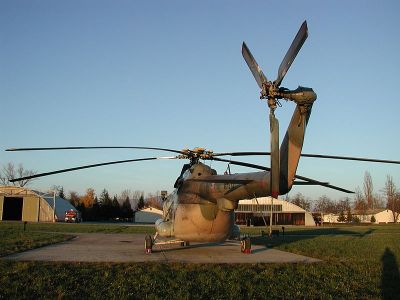
Most tail rotors on helicopters today are mechanically driven by the main turbine through a mechanical shaft and gears. An innovative electric tail rotor (ETR) promises important environmental benefits as well as improved control and safety.

During major disasters, local response teams usually require the support of units from around the world. An EU initiative is designing solutions that take into account the special needs of multinational cooperation in emergency situations.

An EU team is studying factors affecting safety in aircraft fuel systems (FSs). The work examines water-related icing in fuel tanks, plus flammability risks stemming from lightning and on-board electrical systems, and will yield new standards.
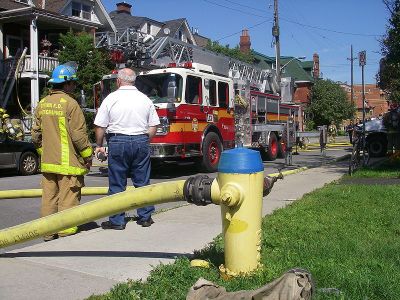
During major disasters, local response teams usually require the support of units from around the world. An EU initiative is designing solutions that take into account the special needs of multinational cooperation in emergency situations.
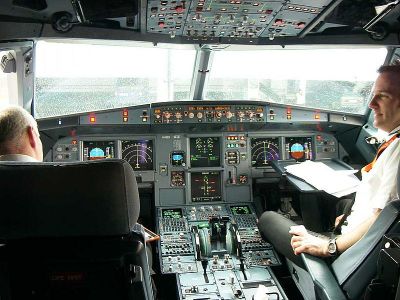
Despite the safety benefits of automation technology, complications arise when a challenging situation forces pilots to quickly change from automatic flight to manual control of the aircraft. An EU initiative is addressing flight crew response to unexpected events in order to improve airline safety.
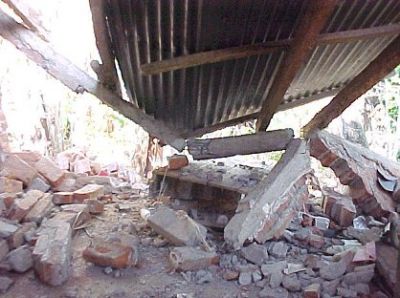
An EU-funded project is helping communities prepare for disasters by advancing seismic monitoring and early warning detection systems.

The consequences of terrorist acts on people, buildings and related infrastructure can be devastating. An EU initiative helped to provide state-of-the-art tools to mitigate the effects of terrorist attacks.
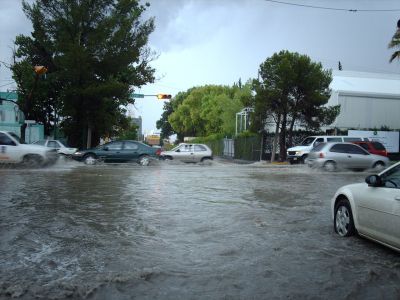
Analysing and cross-comparing flood risk practices across Europe will help local and national governments to better deal with flood risks.

A research and training network focused on food biosecurity seeks to counteract possible bioterrorism threats to the European agri-food system.

By exploiting the world's biggest Earth monitoring system, EU-funded researchers have worked out how to help people prepare and respond to natural disasters.

Local authorities and emergency services often face the challenge of effectively managing catastrophic events such as earthquakes and tsunamis. An EU initiative is looking into crisis management solutions that will save more lives while reducing the cost of disasters.
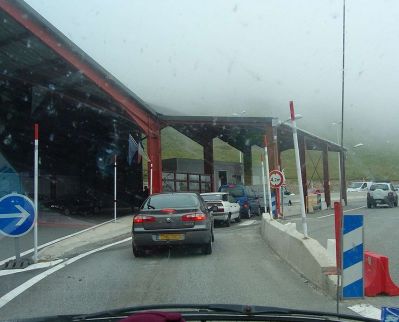
Border security is one of Europe's key security challenges. Developing practical ways to detect hidden persons and illegal substances at borders is instrumental in avoiding terrorism.

The EU is working to develop a more capable and efficient strategy for combating terrorism as threats rise in urban areas. The ultimate TACTICS system will mitigate civilian risk and enhance counterterrorism efforts at the local, national and regional levels.
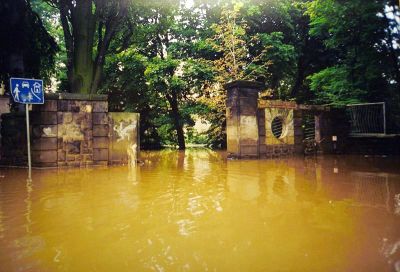
An EU project developed an inflatable dam to hold back flood waters. Results from the testing of three prototypes successfully demonstrated the principle of the automatic and portable device as a flood protection tool.
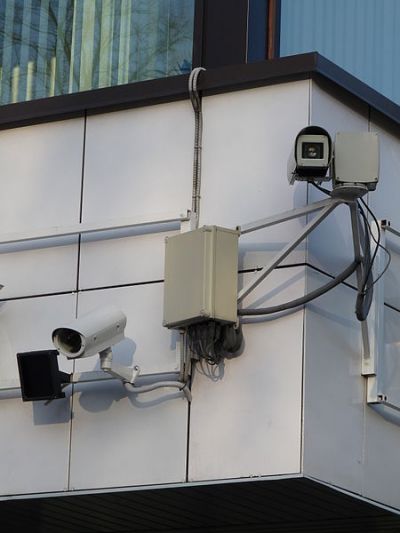
Advanced tools are being proposed to find the right balance between privacy and security. Policymakers and law enforcement agencies could help in the drive to achieve this goal.

The rise in deliberate threats against Europe and its citizens necessitates the widespread use of public surveillance cameras and other monitoring tools. An EU initiative developed cutting-edge automatic detection technology to better protect people, as well as public and private property.

A novel suite of high-tech systems promises to make flying less stressful for cockpit crews, taking safety in the aviation sector yet another step higher.

An EU initiative is looking to make flying even safer by enhancing the certification of new safety systems and air traffic operations.

The spatial distribution of seismic rupture during megathrust earthquakes is primarily governed by structural factors. An EU study analysed different subduction zones to document structural variations that may impact on seismic rupture during megathrust earthquakes.
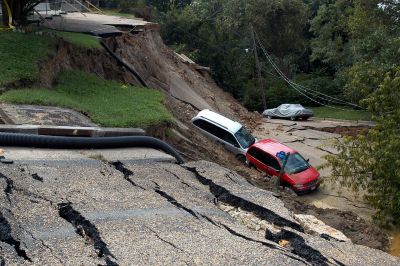
Whether triggered by human or natural causes, landslides can have a substantial impact on society, leading to significant social and economic consequences. The resulting damage can lead to crises, such as when transportation networks are disrupted and affect the ability to promptly respond.
























